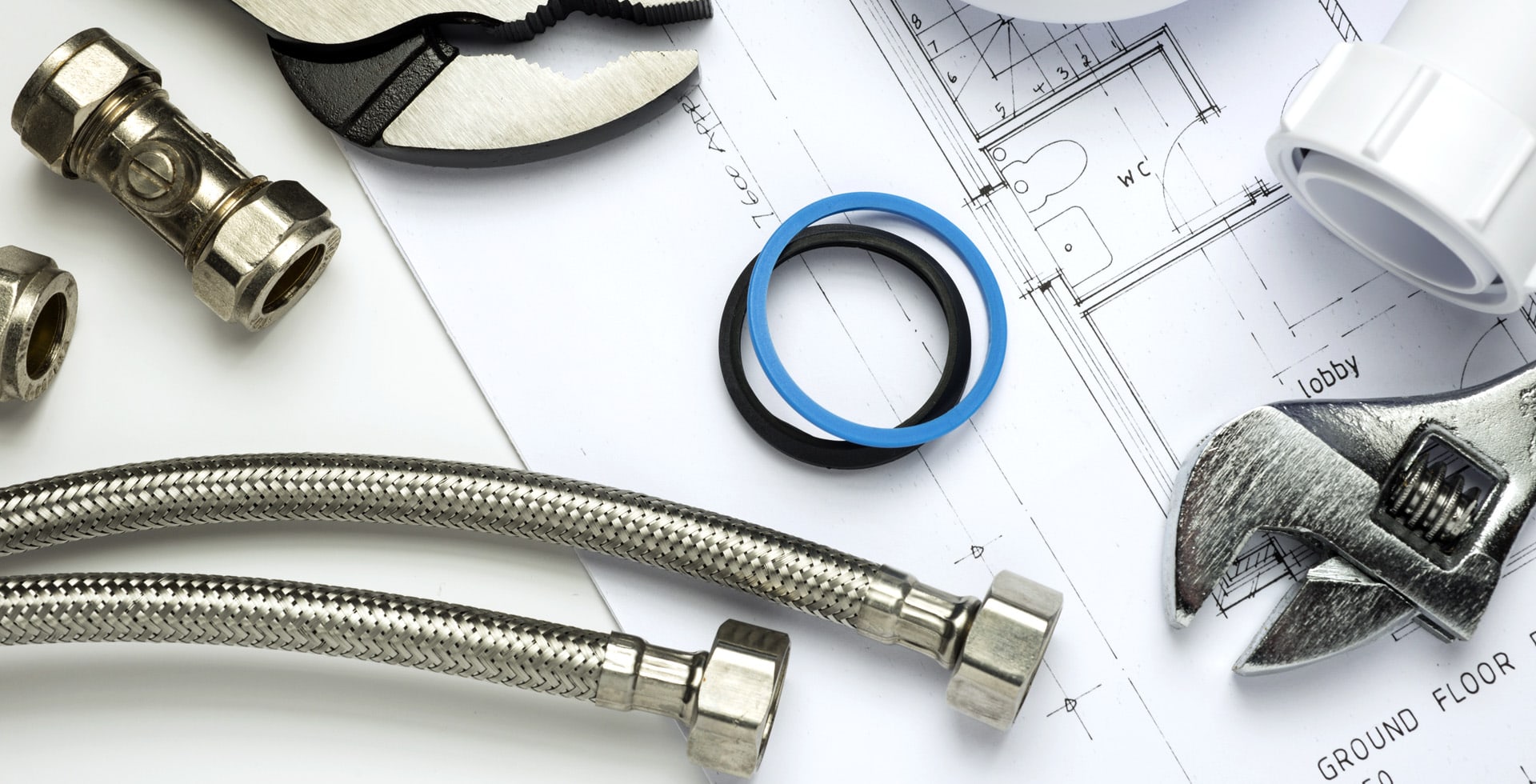“`html
How Dryer Vent Length Affects Cleaning Frequency
Dryer vents are an essential part of our laundry appliances, allowing moisture and lint to escape during the drying process. However, the length of the dryer vent plays a significant role in its efficiency and maintenance. Understanding how dryer vent length affects cleaning frequency can help homeowners maintain their appliances and ensure safety. This post discusses the impact of vent length on lint buildup, cleaning requirements, and the overall efficiency of your dryer.
The Importance of Dryer Vent Maintenance
Regular maintenance of dryer vents is crucial for several reasons:
- Fire Safety: Lint is highly flammable, and clogged vents can increase the risk of dryer fires.
- Energy Efficiency: A clogged vent forces the dryer to work harder, consuming more energy and increasing utility bills.
- Dryer Longevity: Proper maintenance can extend the lifespan of your dryer by preventing excessive wear and tear.
Understanding Dryer Vent Length
The length of a dryer vent refers to the distance from the dryer outlet to the vent termination point outside the home. The American National Standards Institute (ANSI) recommends keeping the vent length to a minimum to optimize performance. Below are some specifications regarding dryer vent length:
- The maximum length for a vent system is typically 25 feet for rigid metal ducts.
- Each 90-degree bend in the vent adds the equivalent of 5 feet to its overall length.
- Flexible ducts tend to collect more lint, which may require additional cleaning.
How Vent Length Affects Lint Buildup
As the length of the dryer vent increases, the potential for lint accumulation also rises. The relationship between vent length and lint buildup can be explained as follows:
- Longer Vents: Lint has more opportunity to become trapped, especially in bends and curves of the ductwork. This buildup can restrict airflow and create blockages.
- Shorter Vents: Less opportunity for lint to accumulate means reduced cleaning frequency and safer operation.
Recommended Cleaning Frequency Based on Vent Length
The cleaning frequency of your dryer vent should be determined by its length, as well as usage. Here are some guidelines based on dryer vent length:
- Vents up to 6 Feet: Clean every 12 months.
- Vents 6-15 Feet: Clean every 6-12 months.
- Vents 15-25 Feet: Clean every 3-6 months.
Signs That Your Dryer Vent Needs Cleaning
Regardless of vent length, there are some common signs that indicate it’s time to clean your dryer vent:
- The dryer takes longer than usual to dry clothes.
- Clothes are hotter than normal at the end of the cycle.
- There is a burning smell when the dryer is in use.
- The lint trap fills up quickly after use.
- Excess lint is present at the vent exit point.
Choosing the Right Venting Material
The type of material used for your dryer vent can significantly impact its cleaning frequency and overall efficiency. Consider the following:
- Rigid Metal Ducts: Highly recommended due to smooth surfaces that reduce lint accumulation. Easier to clean and maintain.
- Flexible Ducts: More prone to lint buildup and kinks, leading to blockages. Cleaning should be more frequent.
Preventative Measures for Reducing Lint Buildup
In addition to regular cleaning, implementing preventative measures can help reduce lint buildup in your dryer vent:
- Use a Lint Trap: Install a secondary lint trap to catch more lint before it reaches the vent.
- Dry Only Suitable Materials: Avoid drying items that shed a lot of lint, such as towels, with other fabrics.
- Maintain Clear Vent Paths: Ensure that the vent path is unobstructed, with no kinks or sharp bends.
Conclusion
Understanding how dryer vent length affects cleaning frequency is essential for homeowners aiming to maximize the efficiency and safety of their dryers. Longer vent lengths correlate with increased lint buildup, which necessitates more frequent cleaning to prevent hazards. By implementing a regular cleaning schedule and utilizing proper venting materials, you can significantly improve your dryer’s performance and longevity. Regular maintenance not only ensures safety but also saves money on energy bills, making it a beneficial investment in your home.
“`

